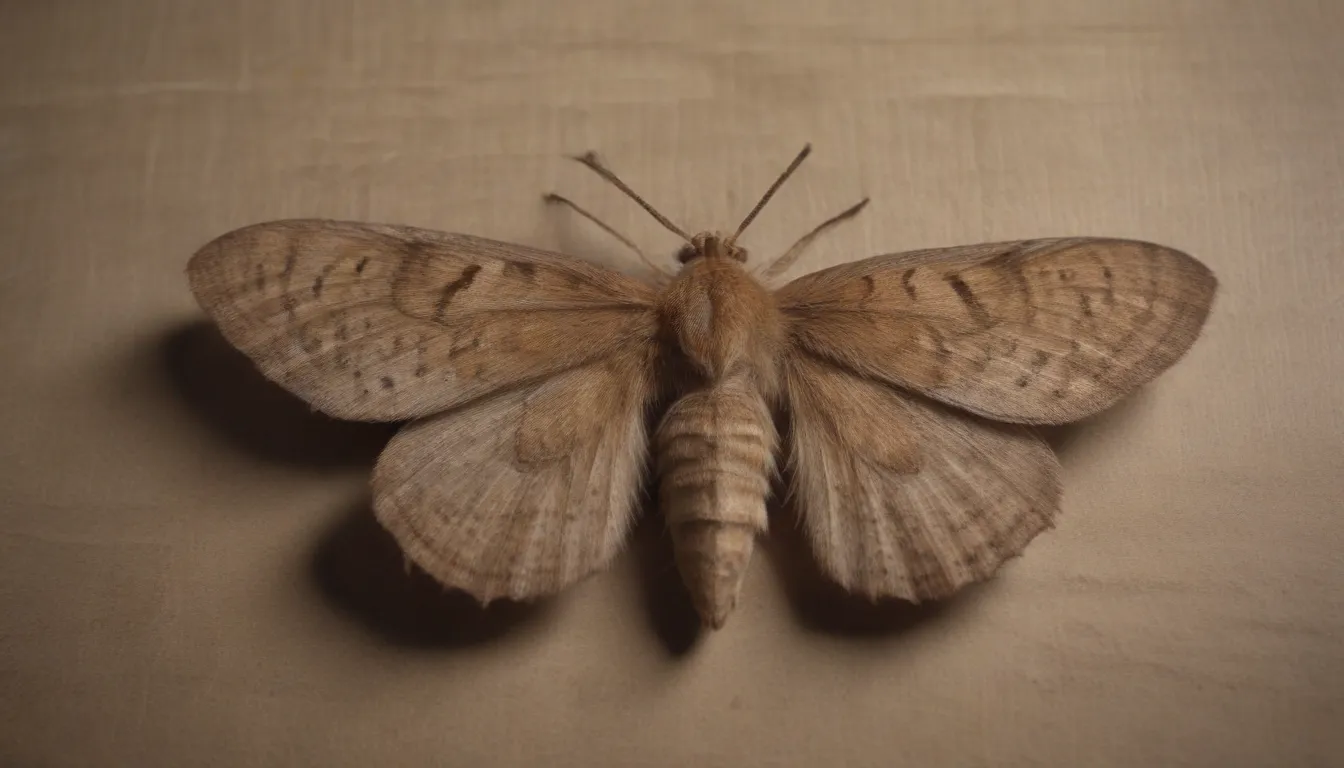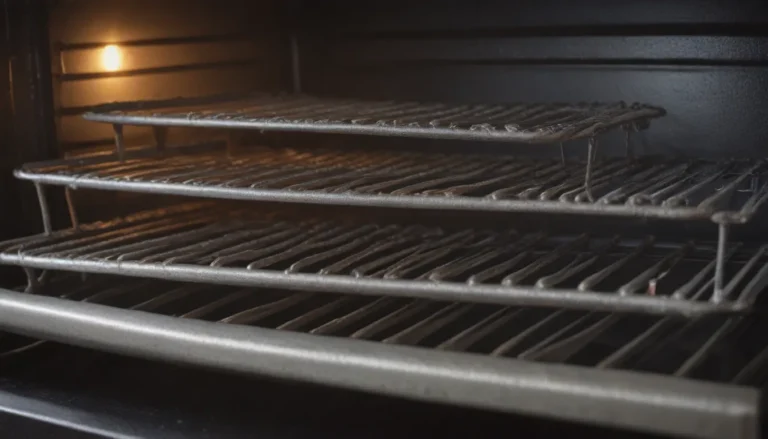The Ultimate Guide on How to Get Rid of Pantry Moths

If you’ve ever opened your pantry only to find pesky pantry moths fluttering around, you know how frustrating it can be to deal with these unwelcome guests. Pantry moths, also known as Indianmeal moths, can quickly infest your dry goods and become a nuisance in your kitchen. But fear not! In this comprehensive guide, we will walk you through step-by-step on how to identify, eliminate, and prevent pantry moths from taking over your food storage areas.
What Are Pantry Moths?
Pantry moths, scientifically known as Plodia interpunctella, are tiny insects that can be found almost everywhere. These moths are attracted to raw and processed grain products, such as cereals, pasta, and dried pet food. While pantry moths are harmless and do not bite, they can contaminate your food if not properly dealt with. There are different types of pantry moths, including the Mediterranean pantry moth, white-shouldered house moth, brown house moth, almond moth, and Angoumois grain moth. However, the steps for removing them are the same, regardless of the species.
Identifying Pantry Moths
Pantry moths are tiny insects, usually measuring between 1/4 to 3/8 inch long with a wingspan of 1/2 to 3/4 inch. They have reddish-brown, coppery wings on the outer two-thirds and gray wings on the inner third. You may also notice webbing in the corners of your pantry or cupboards and on bags of dried goods, which is a common sign of a pantry moth infestation.
Steps to Get Rid of Pantry Moths
Getting rid of pantry moths does not have to involve toxic pesticides. Follow these steps to eliminate these pests from your kitchen:
- Inspect, Remove, and Discard: Check all dry foods in your pantry for signs of infestation. Look for adults, larvae, and webs. Infested items should be disposed of properly to prevent the spread of moths.
- Clean With a Vacuum: Thoroughly clean your pantry or cupboard, including shelves, corners, walls, and even the vacuum itself to eliminate any eggs or larvae.
- Deep Clean With Vinegar: Use a 1:1 solution of white vinegar and hot water to wipe down your pantry. The acidity of vinegar will kill off moth larvae and eggs.
- Make DIY Pantry Moth Traps: After cleaning, use moth traps with sticky flypaper to catch any lingering moths. You can also create traps using fish oil to attract the moths.
How to Prevent Pantry Moths
Prevention is key to avoiding future pantry moth infestations. Follow these tips to keep your pantry moth-free:
- Inspect Before Storing: Check all dried goods before storing them in your pantry. Freeze items like flour and nuts for three days before storing to kill any larvae.
- Clean and Monitor Regularly: Clean up spills promptly and inspect your pantry regularly to catch any signs of moths early on.
- Change Storage Methods: Store dry goods in airtight containers like mason jars to prevent moths from infesting your food.
- Keep Moths Away With Natural Repellents: Use scents like lavender, peppermint, or cedar to repel moths from your pantry.
What Causes Pantry Moths?
Pantry moths are usually brought into your home through contaminated food products purchased from the store. Once inside, pantry moths can spread if stored in inadequate containers. These insects feed on dry food materials, especially grains, and prefer warmer temperatures to breed and thrive. Cold storage can be an effective prevention strategy in regions with prevalent pantry moths.
Lifecycle and Lifespan of Pantry Moths
Understanding the lifecycle of pantry moths can help you effectively eliminate them from your home. Adult female pantry moths lay eggs that hatch into tiny white caterpillars. In ideal conditions, a moth can go from egg to adult in 30 days, but this process can take longer in cooler temperatures. Larvae feed on dry goods, spinning webs that are visible in infested items.
Pantry Moths vs. Clothes Moths
It’s important to differentiate between pantry moths and clothes moths as they have different feeding habits. While pantry moths infest food-storage areas, clothes moths are known for damaging fabrics in closets and dressers. Pantry moths can contaminate stored food items, so it’s crucial to store dry goods in airtight containers to prevent infestations.
By following these steps and prevention tips, you can effectively get rid of pantry moths and ensure they don’t return. Remember to regularly inspect your pantry, clean spills promptly, and store dry goods in airtight containers to keep your kitchen moth-free. Don’t let these pesky pests ruin your food storage areas—take action today to protect your pantry from pantry moths!





